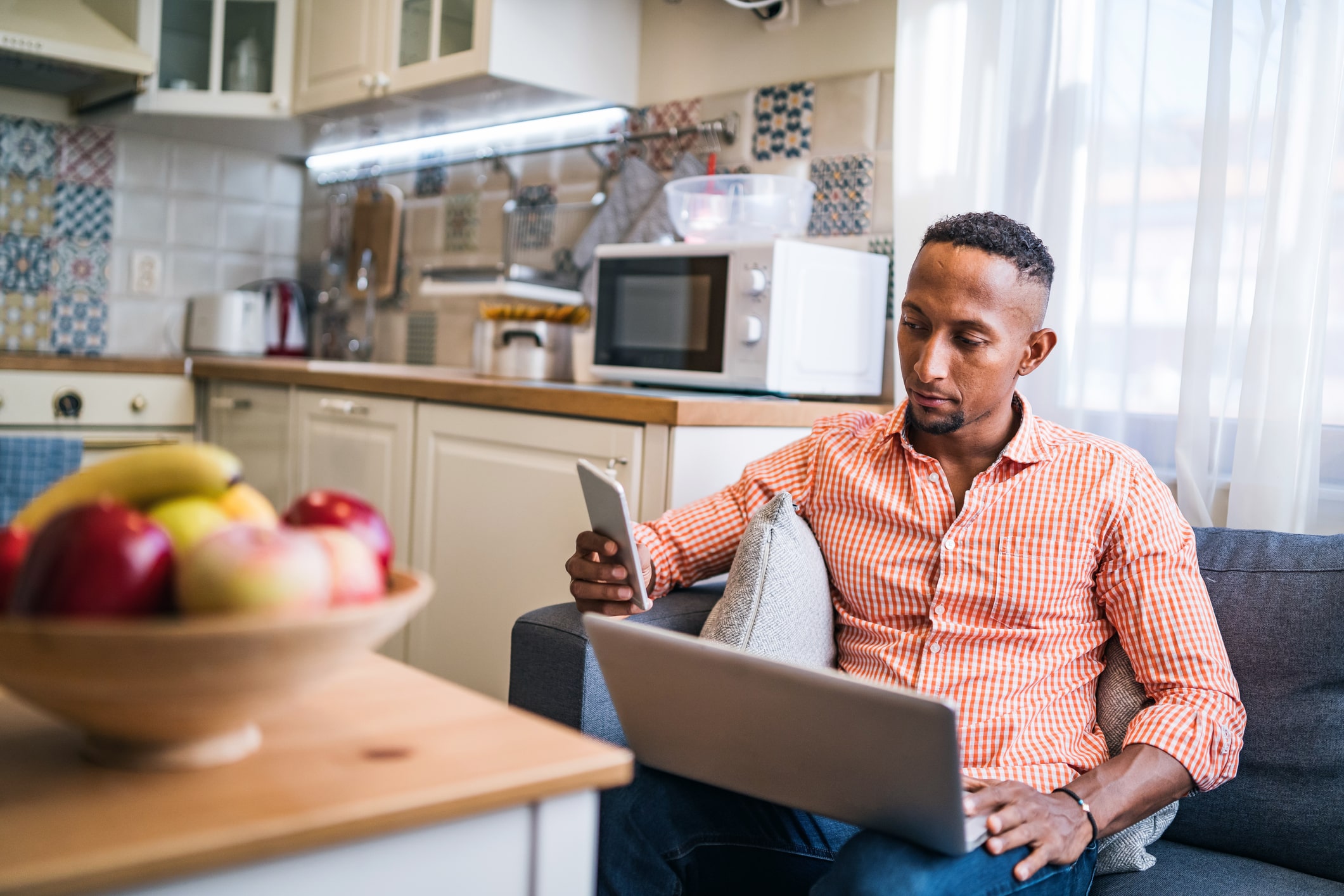Phone canvassing guide: reach more voters with mobile

In political campaigns, every dollar and every hour is crucial. Since campaigns often have limited funding and staff, allocating resources effectively to give your campaign the widest reach possible can be a challenge. That’s why you should use every tool at your disposal to run more efficient operations — including your phone.
By prioritizing phone canvassing and using mobile devices to improve your other canvassing activities, you can reach more voters while saving your team time and effort. Explore this guide to learn the basics of phone canvassing and how you can get started.
What is phone canvassing?
Phone canvassing, also called phone banking or mobile canvassing, is a type of political canvassing that leverages mobile devices to connect with voters. Canvassing typically refers to going door-to-door to speak with voters in person about an election or candidate, but you can also canvass via phone calls and texts.
Types of phone canvassing
A campaign’s mobile canvassing strategy might include one or all of the following types of activities:
Phone banking
Phone banking involves staff members and volunteers calling voters to spread awareness of your campaign, learn about voters’ opinions, and persuade undecided voters. The basic process looks like this:
- Organizers provide volunteers with a call list and a script to guide their conversations.
- Volunteers call voters and have one-on-one conversations about the election, your campaign, and voters’ opinions.
- Volunteers record voters’ responses to survey questions and other important information in a database like VAN.
With the right software, volunteers can phone bank for your campaign both at organized phone canvassing events and individually from their homes. This option provides more flexibility for volunteers and ultimately helps you canvass more voters more efficiently.
Text banking
Text banking follows a similar process in which volunteers reach out to voters by text message to start conversations about the campaign. These conversations are naturally shorter and less personal than phone calls, but they’re still useful for spreading the word about your campaign to your target voters and mobilizing them to show up at the polls.
Texts also allow volunteers to send links and logistical details to voters. This means you can easily share links to your campaign website, voter registration information, and other resources to improve your phone canvassing.
Door-to-door canvassing with mobile apps
Using mobile canvassing apps like MiniVAN, you can take your door-to-door canvassing strategy to the next level.
Getting volunteers engaged and ready to hit the doors requires a lot of work, so it’s crucial that you make the most of their time and effort. To help you boost efficiency and connect with more voters, mobile canvassing apps allow you to:
- See canvassers’ locations
- Access progress information instantly
- Monitor contact rates, number of doors knocked, and more
- Provide volunteers with in-app scripts and walk sheets
- Change course as needed just by sending volunteers a message
With MiniVAN Manager, you can track volunteers’ progress on the doors in real time. This means that instead of counting the packets that are coming back in, you can focus on helping canvassers hit as many doors as possible. When you see that a volunteer is finishing up a packet, call them to see if they’re able to take on another set of doors nearby. All you have to do is text them the new list number.
Does mobile canvassing work?
Mobile canvassing helps campaigns become more agile and successful. When you integrate multiple types of phone canvassing into your field plan, you create more opportunities to speak with voters, maximize volunteer output, and save time and money.
For example, campaigns that take advantage of mobile canvassing apps save money on supplies like printers, paper, and toner, and they save valuable staff time. When organizers are no longer printing and assembling packets, they can spend more time developing the local leadership that campaigns need to scale up their operations effectively.
To hear about how real organizers run more efficient field operations with MiniVAN, watch our discussion with Ramsey Reid, the DNC’s Midwest director.
How to get started with phone canvassing
When you’re ready to start improving your campaign’s approach to canvassing, follow these three steps to find success with phone canvassing.
1. Choose the right tools
Since you don’t want volunteers calling or texting voters from their personal mobile devices, your first priority should be to invest in the right phone canvassing software. Depending on the type of phone canvassing you want to get started with, you’ll need at least one of the following tools:
Phone banking software
Phone or text banking software allows your volunteers to call voters from anywhere, making it easy to participate in virtual phone banking on their own time. Canvassers can access call lists and scripts within the app, and then easily record data about the calls in a central location.
Mobile canvassing apps
Along with helping you track door-to-door canvassers, apps like MiniVAN allow volunteers to sync canvassing results with your campaign’s voter database in real time, eliminating the need for manual data entry. Organizers can also use the distributed canvassing feature to assign volunteers remotely, making it easier to deploy canvasses in rural areas or across town.
After a canvass, you can even change the prioritization of the voters you missed to make sure that you’re able to reach them later, whether it be through texts, phone calls, or digital ads.
Plus, with reliable canvasser attribution, you can track which volunteers spoke with each voter across different contact systems, including MiniVAN and Open Virtual Phone Banks. This helps you match repetitive volunteer-to-voter outreach over time and establish more meaningful connections.
2. Write your scripts
Once you have the right tools at your disposal, compile multiple scripts that canvassers can use to connect with voters. Provide basic information to share about the campaign, questions to ask, and a variety of responses they can give to voters with different levels of support.
Tailor your mobile canvassing scripts based on where in the campaign cycle you are and your immediate goals. For instance, you might create different scripts for:
- Information gathering
- Persuasion
- Mobilization
- Get Out the Vote (GOTV)
While canvassers should use these scripts to guide their conversations, emphasize that they don’t have to stick to them word for word. Encourage volunteers to add personal touches, such as an anecdote about their connection with your campaign or a story about what inspired them to volunteer.
3. Recruit and train volunteers
Finally, use all of your communication channels to recruit volunteer canvassers and set them up for success. During recruitment, highlight all of the different phone canvassing opportunities you offer, such as virtual phone banking and text banking. Encourage potential volunteers to sign up for the type of canvassing they feel most comfortable with, and remind them that field organizers will support them every step of the way.
As you train volunteers on how to canvass, provide them with step-by-step instructions for navigating your phone canvassing apps. Share tips and tricks for deepening conversations with voters both in person and over the phone, and provide the contact information of an organizer they can reach out to with questions.
Power your field plan with mobile canvassing.
Mobile canvassing not only helps your campaign reach more voters — it also empowers your volunteers to canvass more efficiently and effectively, ultimately driving more impactful conversations with your target voters.
Ready to improve your field plan and win more votes with phone canvassing? Learn how NGP VAN’s powerful software solutions can help you get started.




